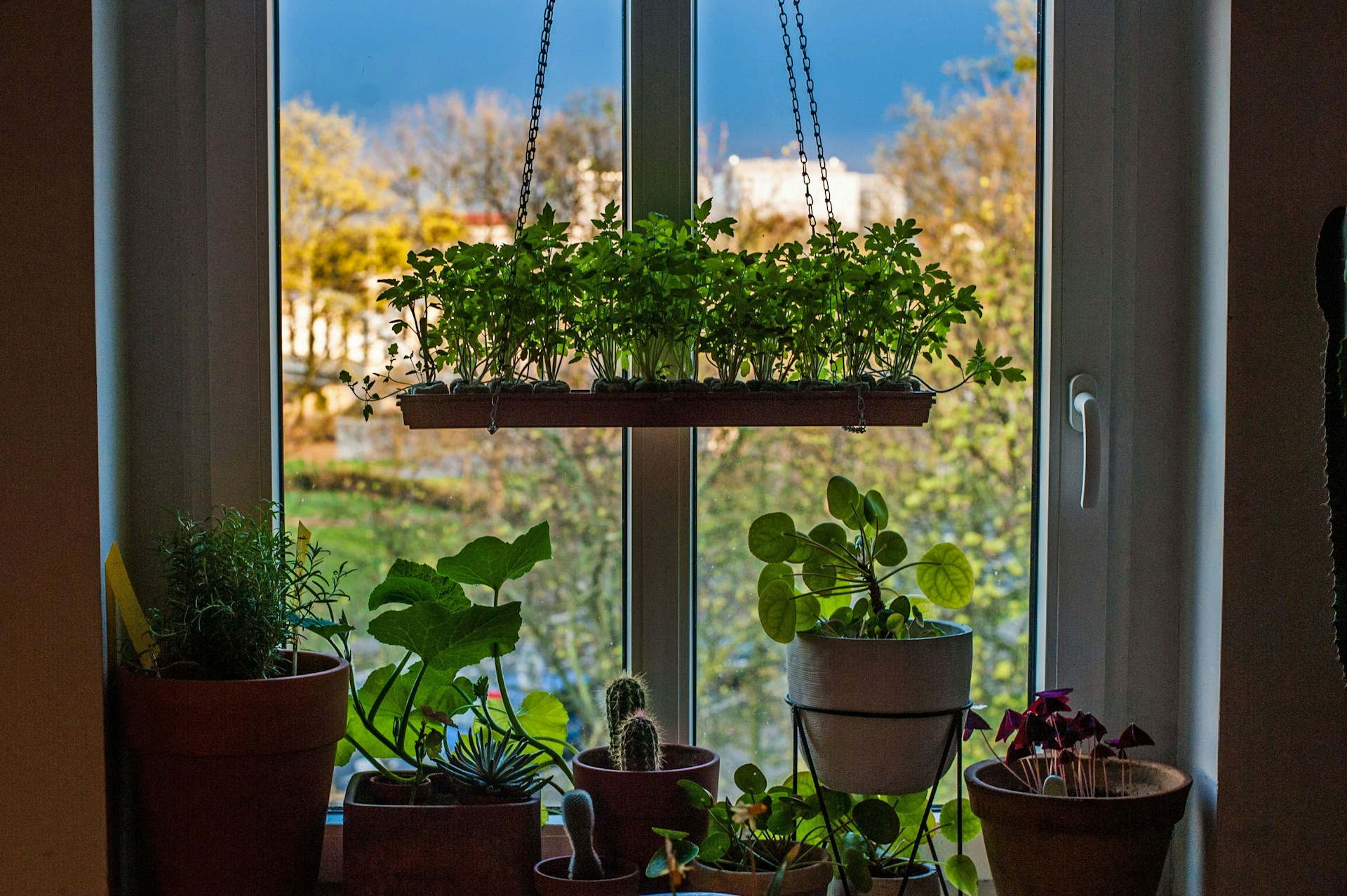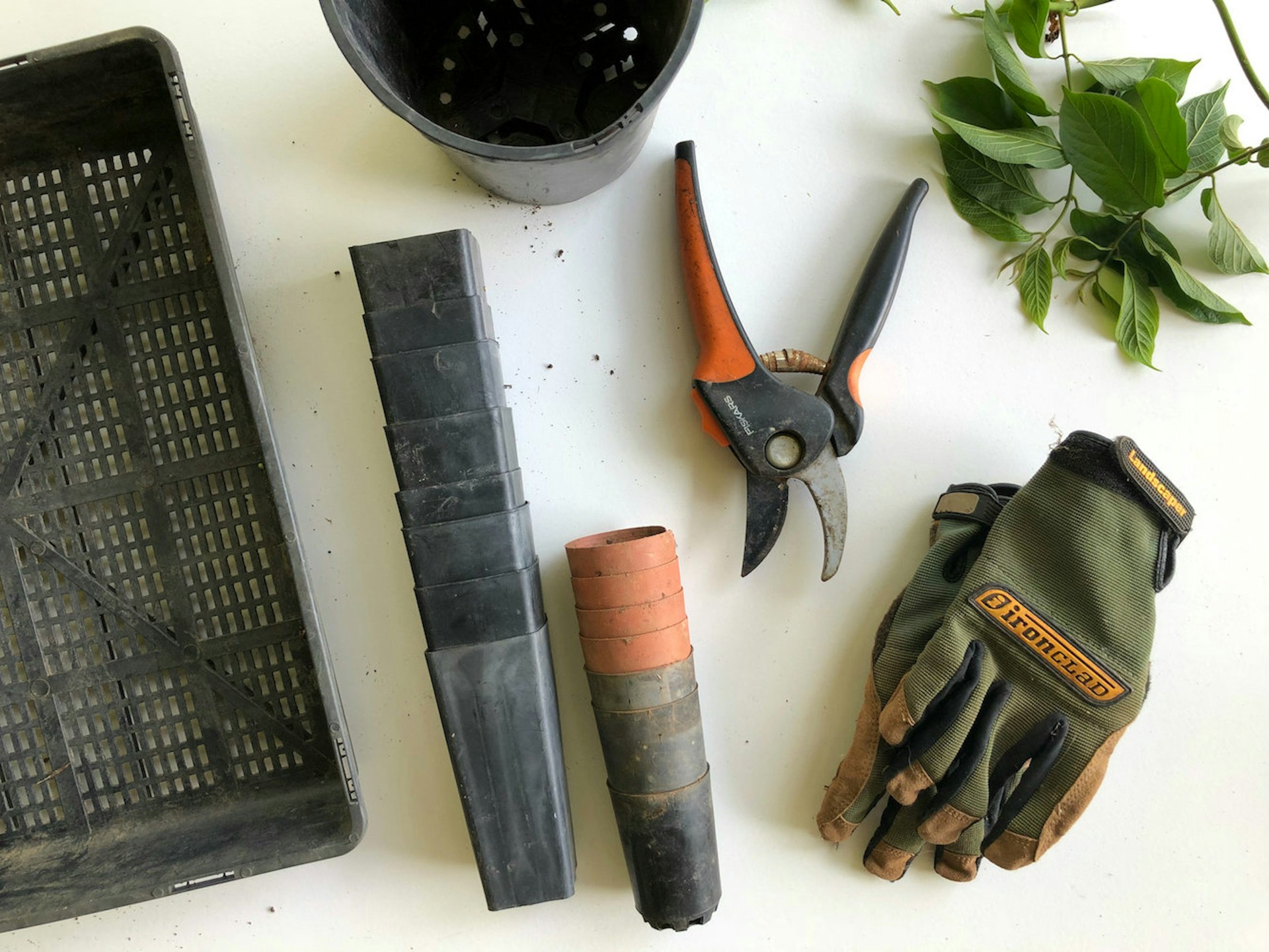
How to Grow a Home Garden: Beginner's Guide
Outline
-
Introduction
-
Importance of home gardening
-
Benefits of growing your own food and plants
-
-
Choosing the Right Location
-
Understanding sunlight and shade requirements
-
Best spots for different types of plants
-
-
Deciding What to Grow
-
Vegetables, fruits, herbs, or flowers?
-
Climate and season considerations
-
-
Preparing the Soil
-
Testing soil quality
-
Improving soil with compost and fertilizers
-
-
Gathering Essential Tools
-
Must-have gardening tools for beginners
-
Proper maintenance of tools
-
-
Planting Your Garden
-
Direct seeding vs. transplanting seedlings
-
Spacing and arrangement tips
-
-
Watering Techniques
-
How much and how often to water
-
Avoiding overwatering and underwatering
-
-
Managing Weeds and Pests
-
Organic vs. chemical pest control
-
Weed prevention and removal methods
-
-
Providing Proper Nutrition
-
Fertilizing your plants correctly
-
Natural vs. synthetic fertilizers
-
-
Maintaining Your Garden
-
Pruning, staking, and supporting plants
-
Regular garden checkups
- Harvesting and Storing Produce
-
Signs your crops are ready to harvest
-
Proper storage techniques
- Common Beginner Mistakes to Avoid
-
Overcrowding plants
-
Ignoring soil health
- Indoor Gardening for Limited Space
-
Growing herbs and vegetables indoors
-
Using containers and vertical gardening
- Sustainable Gardening Practices
-
Composting and recycling garden waste
-
Rainwater harvesting
- Conclusion
-
Recap of key gardening tips
-
Encouragement to start today

Introduction
Starting a home garden is one of the most rewarding activities you can take up. It’s not just about growing fresh food—it’s about connecting with nature, reducing stress, and creating a green, beautiful space. Whether you have a backyard or a small balcony, gardening is possible for everyone. But where do you begin? This guide will walk you through everything you need to know to start your first home garden successfully.
Choosing the Right Location
Choosing the ideal location for your plants is the first step in gardening. Here’s what to consider:
-
Sunlight: The majority of flowers and vegetables require six to eight hours of direct sunlight each day. Find the sunniest areas in your area by looking about.
-
Shade: Some plants, like ferns and lettuce, thrive in partial shade. If your area gets limited sun, choose shade-loving plants.
-
Wind and Protection: Strong winds can damage delicate plants. Consider placing your garden near a wall or fence for protection.
-
Accessibility: Your garden should be easy to reach so you can water, weed, and harvest without hassle.
Deciding What to Grow
What you plant depends on your preferences, climate, and available space. Here’s how to choose:
-
Vegetables: Tomatoes, carrots, lettuce, peppers, and cucumbers are great for beginners.
-
Herbs: Basil, mint, rosemary, and cilantro are easy to grow and perfect for cooking.
-
Fruits: Strawberries, blueberries, and dwarf citrus trees do well in small gardens.
-
Flowers: Marigolds, petunias, and sunflowers add color and attract pollinators.
Research which plants grow best in your region and the current season before planting.
Preparing the Soil
Healthy soil is the foundation of a flourishing garden. Here’s how to get it ready:
-
Test Your Soil: To determine the pH and nutritional content of your soil, use a soil test kit.
-
Add Organic Matter: Compost, manure, or peat moss can improve soil fertility.
-
Ensure Good Drainage: Raised beds or mixing sand into heavy soil can prevent waterlogging.
Gathering Essential Tools
You don’t need fancy equipment to start gardening. Here are the must-have tools:
-
Hand trowel: For digging and transplanting.
-
Garden gloves: Keep dirt and thorns away from your hands.
-
Watering can or hose: Keeps plants hydrated.
-
Pruning shears: For trimming overgrown plants.
-
Garden fork and rake: To aerate and level the soil.
Planting Your Garden
It's time to plant when your soil is ready!
-
Direct Seeding vs. Transplanting: Some plants (like carrots) grow best from seeds, while others (like tomatoes) do better when transplanted.
-
Spacing Matters: Avoid overcrowding so plants have room to grow. Check seed packets for spacing guidelines.
-
Mulching: A layer of mulch around plants retains moisture and prevents weeds.
Watering Techniques
Watering seems simple, but there’s an art to it:
-
Early morning or late evening: This prevents evaporation.
-
Deep, infrequent watering encourages deep root growth.
-
Avoid overhead watering: Water at the base to prevent diseases.
Managing Weeds and Pests
Keep your garden healthy with these methods:
-
Hand weeding: The safest way to remove weeds.
-
Mulching suppresses weeds naturally.
-
Natural Pest Control: Use neem oil, ladybugs, and homemade sprays instead of chemicals.
Providing Proper Nutrition
Plants need food, too! Here’s how to nourish them:
-
Compost enriches the soil naturally.
-
Organic fertilizers: Fish emulsion and bone meal provide essential nutrients.
-
Synthetic fertilizers: Use in moderation to avoid harming soil health.
Maintaining Your Garden
A successful garden requires regular care:
-
Pruning removes dead leaves and encourages growth.
-
Staking: Supports tall plants like tomatoes and beans.
-
Regular Inspections: Check for signs of disease or nutrient deficiencies.
Harvesting and Storing Produce
Once your plants mature, it’s time to enjoy the rewards!
-
Harvest at the right time: Picking too early or too late affects taste and texture.
-
Storage methods: Some vegetables need refrigeration, while others do well in a dry, cool place.
Common Beginner Mistakes to Avoid
-
Overcrowding plants
-
Not testing the soil before planting
-
Overwatering or underwatering
-
Ignoring pest problems until it’s too late
Indoor Gardening for Limited Space
If you don’t have outdoor space, try
-
Container gardening: Use pots for herbs, tomatoes, and peppers.
-
Vertical gardening: Grow plants on shelves or hanging baskets.
-
Hydroponics: Soil-free gardening using nutrient-rich water.
Sustainable Gardening Practices
-
Composting: Reuse kitchen scraps to enrich the soil.
-
Rainwater harvesting: Use rain barrels to save water.
-
Companion planting: Grow plants that benefit each other (e.g., basil repels pests from tomatoes).
Conclusion
Starting a home garden doesn’t have to be complicated. By choosing the right location, preparing the soil, and giving your plants the care they need, you’ll be on your way to a thriving garden. Whether you’re growing food or flowers, watching your plants flourish is worth the effort. Enjoy the process, start small, and learn as you go!

FAQs
-
How can someone with no experience like me set up a garden?
- Begin with easy-to-grow plants, use good soil, and follow basic watering and care guidelines.
-
What is the easiest vegetable to grow for beginners?
- Lettuce, radishes, and green beans are great choices.
-
How often should I water my garden?
- The majority of plants require 1-2 inches of water per week.
-
Can I grow a garden in an apartment?
- Yes! Use containers, windowsills, or vertical planters.
-
How do I keep pests out of my garden naturally?
- Use companion planting, neem oil, or homemade garlic sprays.
